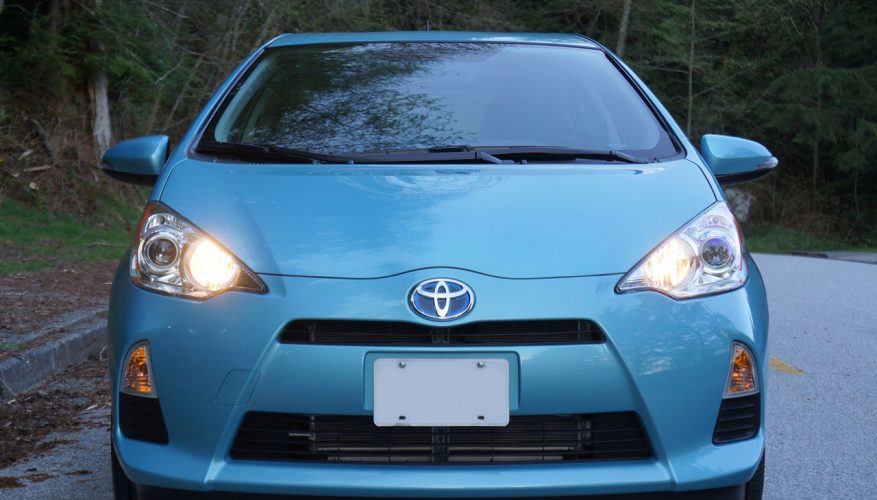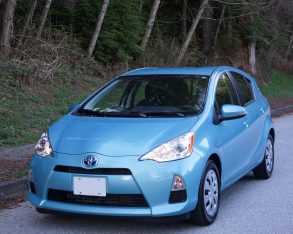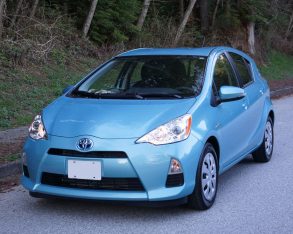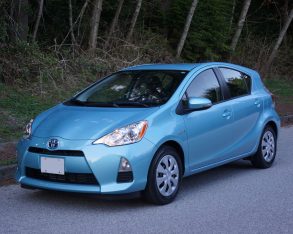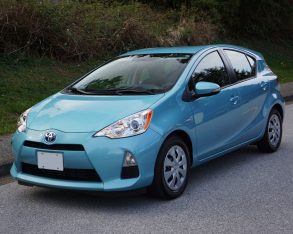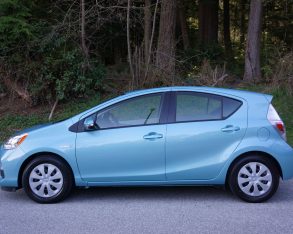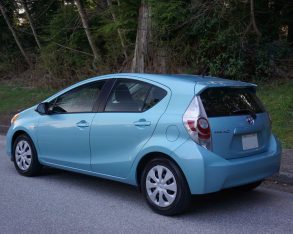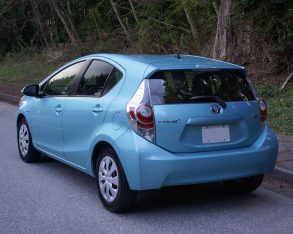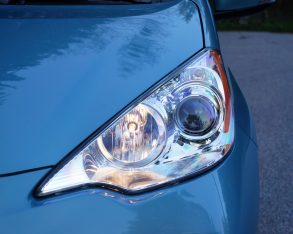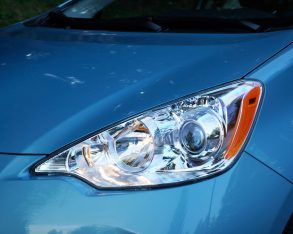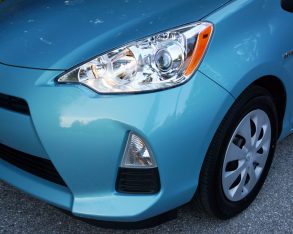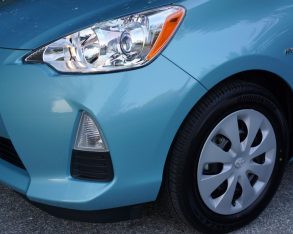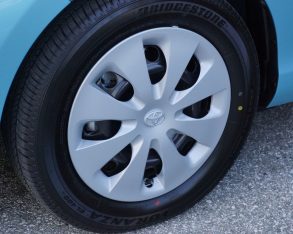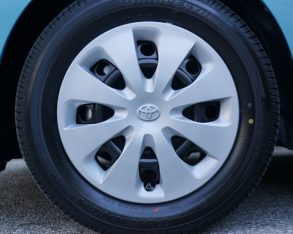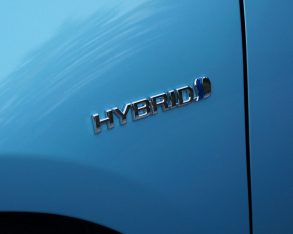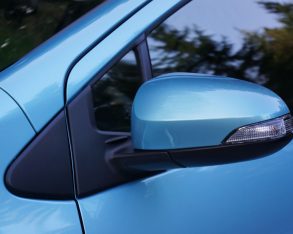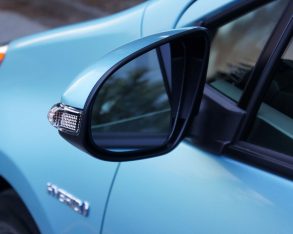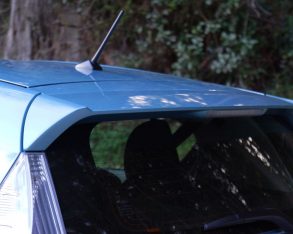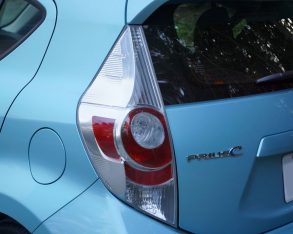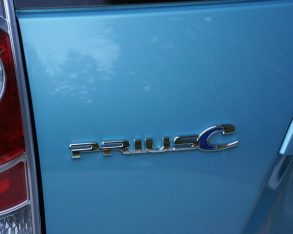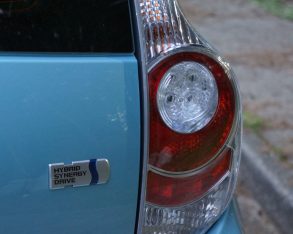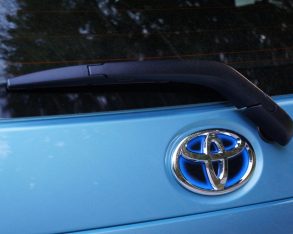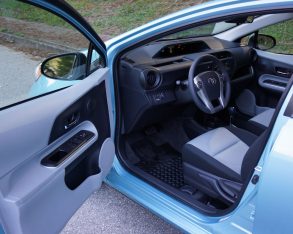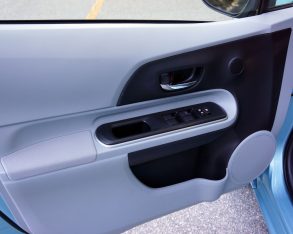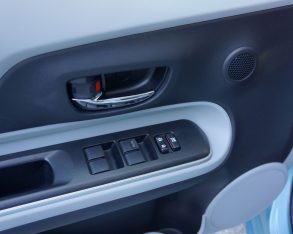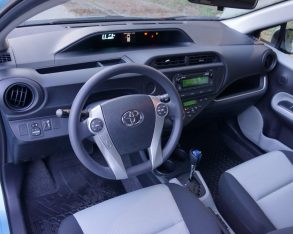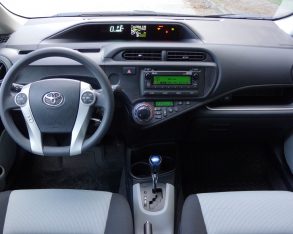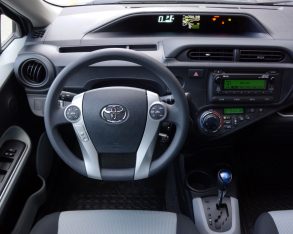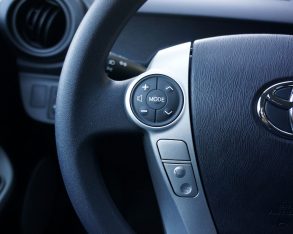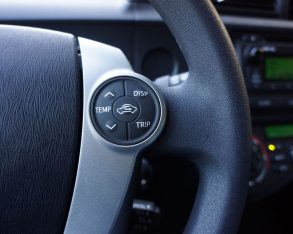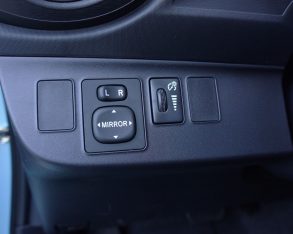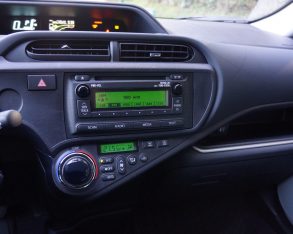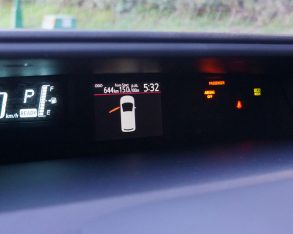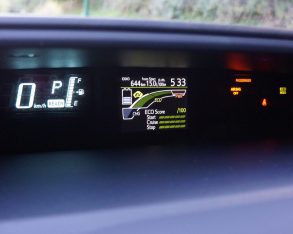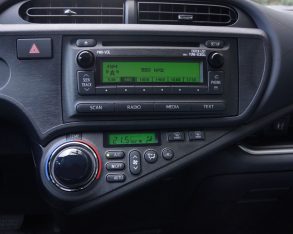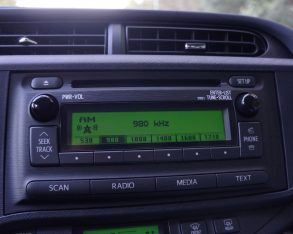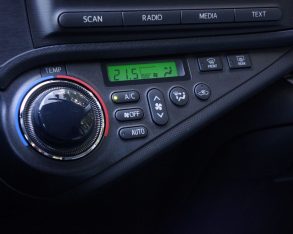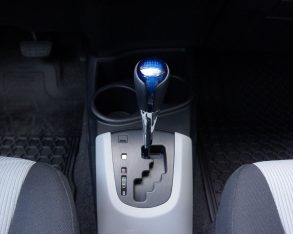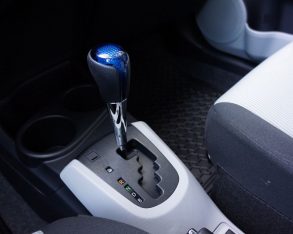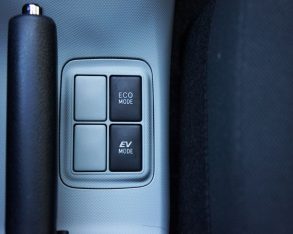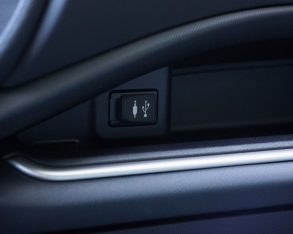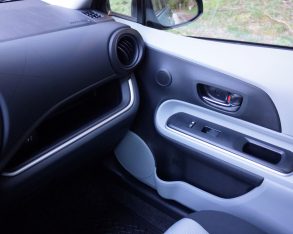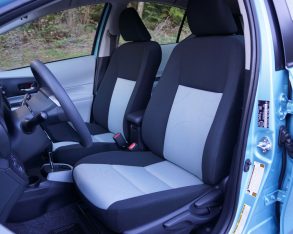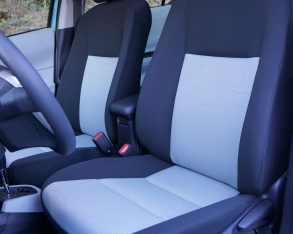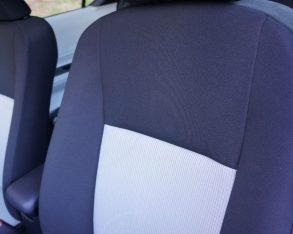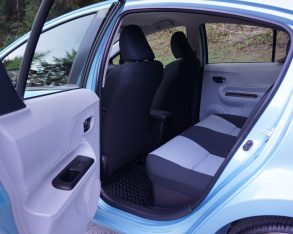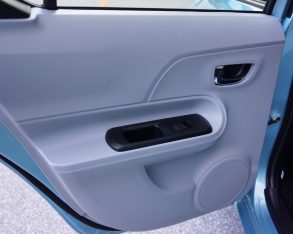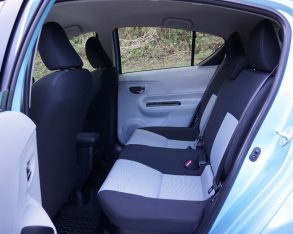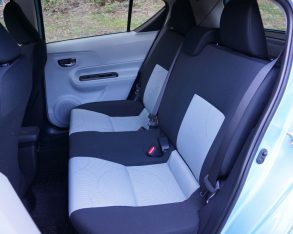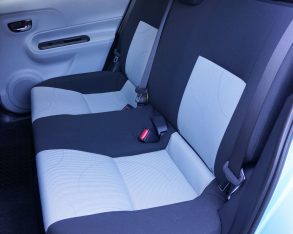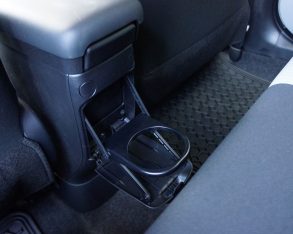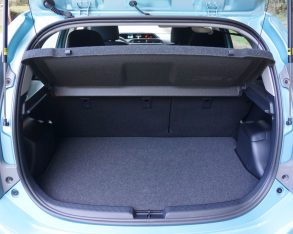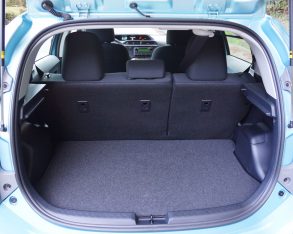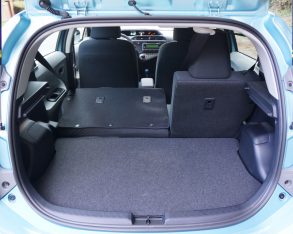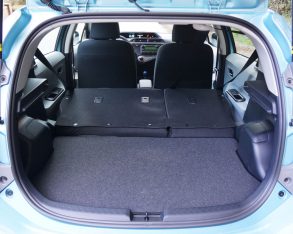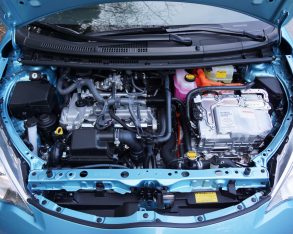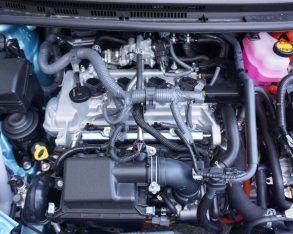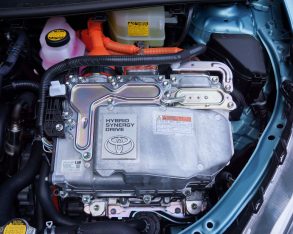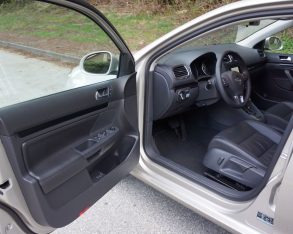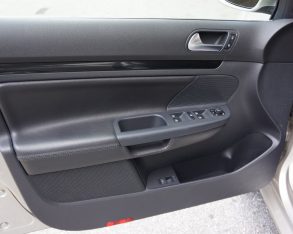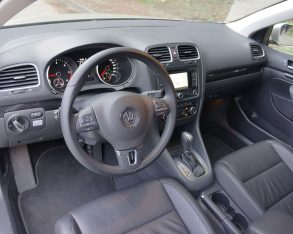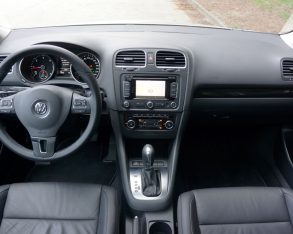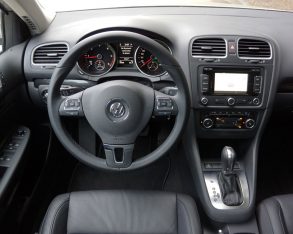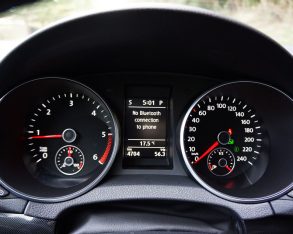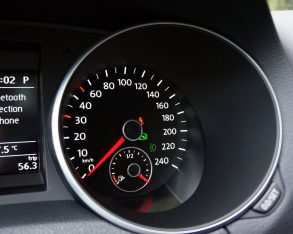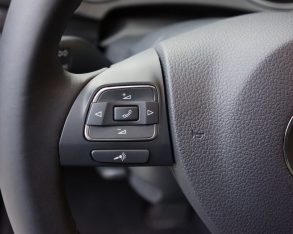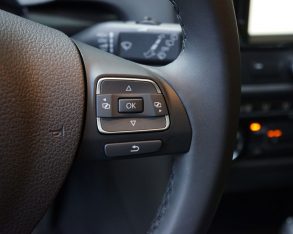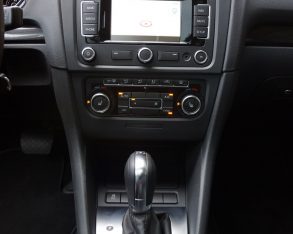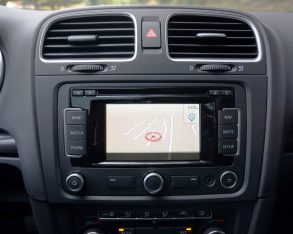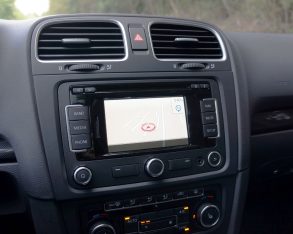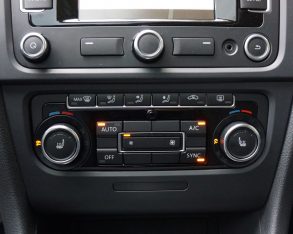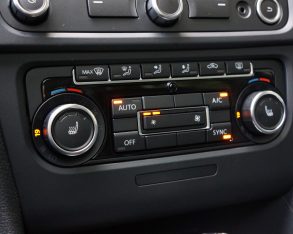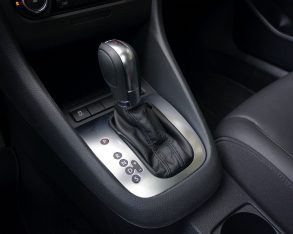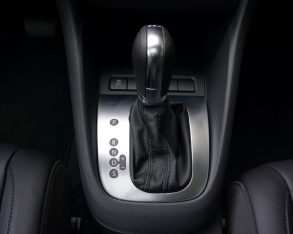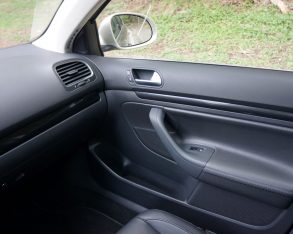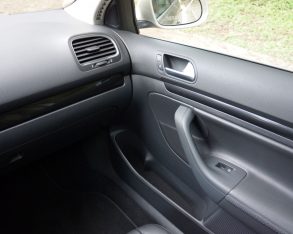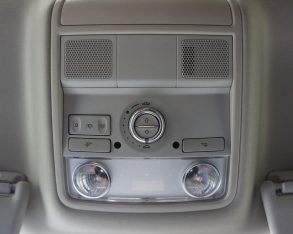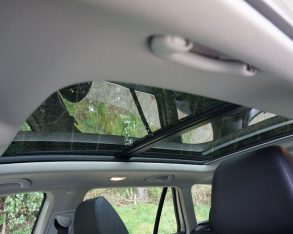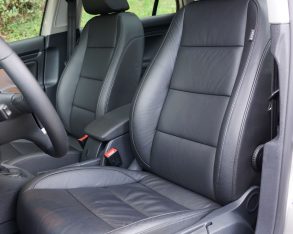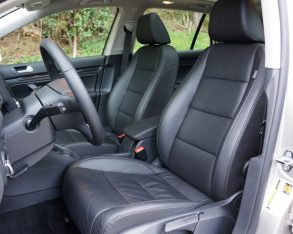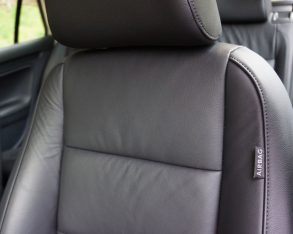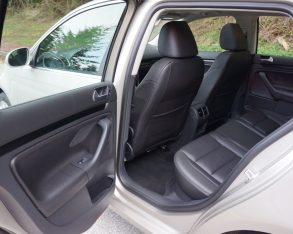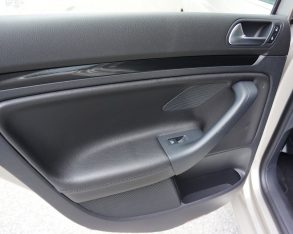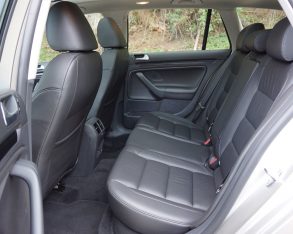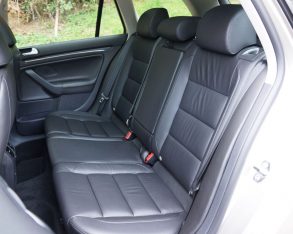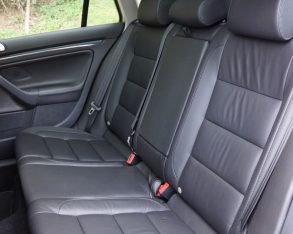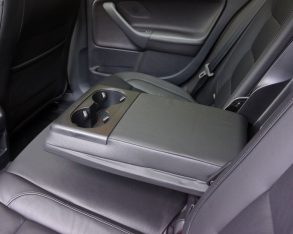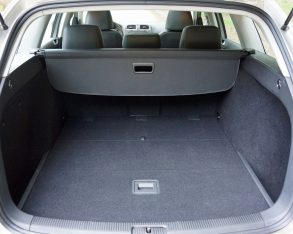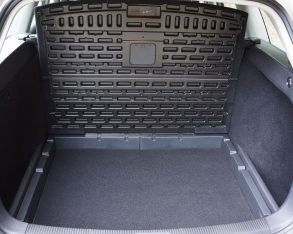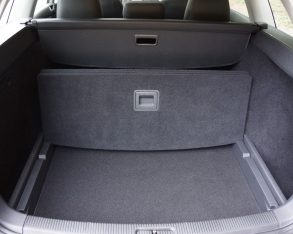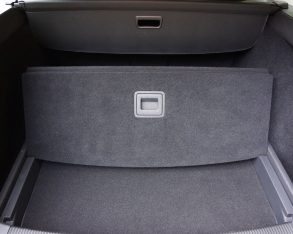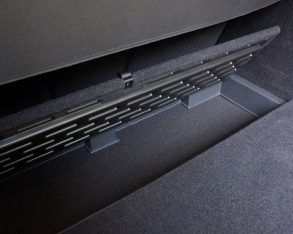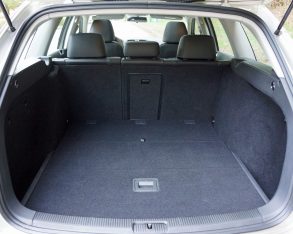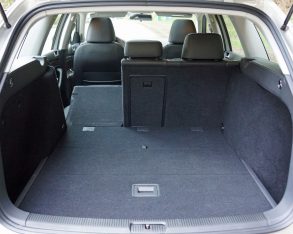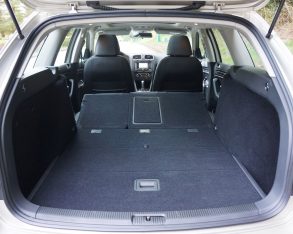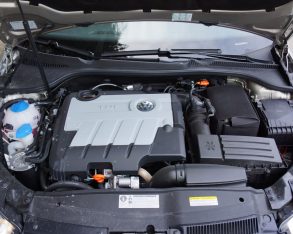 |
| Photo: Trevor Hofmann, Canadian Auto Press |
If you’ve never driven a Yaris, you’re in for a treat. Amongst the subcompact crowd the Yaris is one of the most entertaining to drive. Oddly enough, the Prius C is even more fun on a twisting road. I say oddly because hybrids from mainstream brands aren’t usually noted for driving enjoyment, but more so for fuel-efficient, environmentally responsible transportation. Certainly the Prius C is clean and thrifty, its 3.6 L/100km city, 4.0 highway and 3.8 combined Transport Canada estimated mileage some of the best claimed numbers for non-plug-in cars in Canada,
 |
| Photo: Trevor Hofmann, Canadian Auto Press |
I took it on my usual road course where I’ve tested everything from the previous Yaris and ultimately sporty Scion FR-S to top-line Lexus’, Lotus’, Porsches, Lamborghinis and even a Bugatti Veyron, not the most efficient road car on the planet. Don’t worry, I’m not going to try and compare handling characteristics between these supercars and Toyota’s Prius C, but the little hybrid was nevertheless fun to pilot through this narrow ribbon of serpentine mountainside tarmac,
 |
| Photo: Trevor Hofmann, Canadian Auto Press |
As for straight-line power, let’s just say the 1.5-litre Atkinson cycle four-cylinder doesn’t exactly snap your head back at takeoff, but the quick response of its 0.87kWh-fed nickel-metal hydride battery pack and 45-kilowatt electric motor, Toyota’s Hybrid Synergy Drive system combining for 99 net horsepower and 82 lb-ft of torque, makes the little car feel fast for the first few seconds. Like all Prius models, the C drives the front wheels via a CVT, a continuously variable transmission that was primarily designed for efficiency over performance. Nevertheless
 |
| Photo: Trevor Hofmann, Canadian Auto Press |
One of the reasons why the Prius C is so efficient is its full-hybrid system; the way Toyota has been building hybrids since day one. Compared to mild hybrids a full-hybrid has the ability to drive solely on electric power for short distances, the C showing its results on a full-colour multi-information display that sits just to the right of the digital speedometer in the centre of the upper dash. There’s loads of interesting
 |
| Photo: Trevor Hofmann, Canadian Auto Press |
 |
| Photo: Trevor Hofmann, Canadian Auto Press |
There were other things that made me smile about the Prius C too, such as its nicely kitted out cabin. In as-tested base trim its standard feature set includes remote keyless entry, power locks and windows, heated powered mirrors, automatic climate control with air filtration, a tilt and telescopic steering column, intermittent wipers, an intermittent rear wiper/washer, the aforementioned steering wheel-mounted climate, infotainment and audio controls, the latter connecting through to a four-speaker AM/FM/CD audio system with aux and USB inputs plus Bluetooth capability, as well as the multi-information display I spoke of earlier.
 |
| Photo: Trevor Hofmann, Canadian Auto Press |
If you want your Prius C with more, Toyota offers a $765 Upgrade package that includes a leather-covered instrument panel, premium fabric upholstery, cushion height adjustment for the driver’s seat, two more stereo speakers, cruise control, variable intermittent wipers, a rear centre console box, a front passenger seatback
 |
| Photo: Trevor Hofmann, Canadian Auto Press |
All of the above can be had when opting for Technology trim too, a $2,210 surcharge over the previous package. Additional equipment includes proximity sensing keyless entry with pushbutton ignition, touch tracer steering wheel controls, 15-inch alloy wheels circled by the same 175/65R15 tires the base model’s steel wheels are wrapped with, and the "technology" pièce de résistance, an infotainment system upgrade that includes SMS-to-speech and email-to-speech capability as well as advanced voice recognition, a digital phonebook
 |
| Photo: Trevor Hofmann, Canadian Auto Press |
For an extra $2,240 you can get Premium trim that adds Toyota’s leather-like SofTex upholstery, heated front seats, a powered tilt and slide glass sunroof, fog lamps, and 16-inch alloy wheels on 195/50R16 low roll resistance all-season tires.
If the Prius C wasn’t already a wonderfully accommodating little car then none of this would matter, but like all Prius models it packs a lot more size inside than its outward dimensions suggest. The entire car is 3,995 mm long with a wheelbase measuring 2,550 mm, while it spans 1,695 mm from side-to-side and reaches 1,445 mm in height. This places it right in the middle of the subcompact segment, yet its interior roominess is better than average. Cargo capacity, which is often a hybrid tradeoff
 |
| Photo: Trevor Hofmann, Canadian Auto Press |
I’m also a fan of the Prius C’s styling. No one will mistake its streamlined shape for anything but a Prius, nor the car’s uniquely penned front fascia, highlighted by large multi-angled headlamp clusters positioned over a set of triangular fog lamps, its tall rear roofline and sporty clear taillight lenses inspired from its larger siblings, along with the familiar electric-blue Toyota logo on its grille, Hybrid badges
 |
| Photo: Trevor Hofmann, Canadian Auto Press |
Likewise for the interior, with its two-tone light grey and near black motif, its tech-patterned electric blue gearshift knob the highlight for me. The Upgrade package’s premium fabric upholstered seats are really attractive too, with durable woven side bolsters in black and silvery-grey patterned inserts. The C doesn’t feature many soft-touch plastic surfaces, but all materials chosen are of high quality and fit together perfectly. The same goes for the switchgear, which
 |
| Photo: Trevor Hofmann, Canadian Auto Press |
Truly, there’s much to like about the 2014 Toyota Prius C over and above its fabulous fuel economy, and therefore it’s a car that I’ve recommended to those looking to save on fuel while still enjoying the art of driving. That it gets you where you’re going comfortably and allows you to arrive in style are bonuses that many looking into the subcompact category don’t expect.
©(Copyright Canadian Auto Press)



